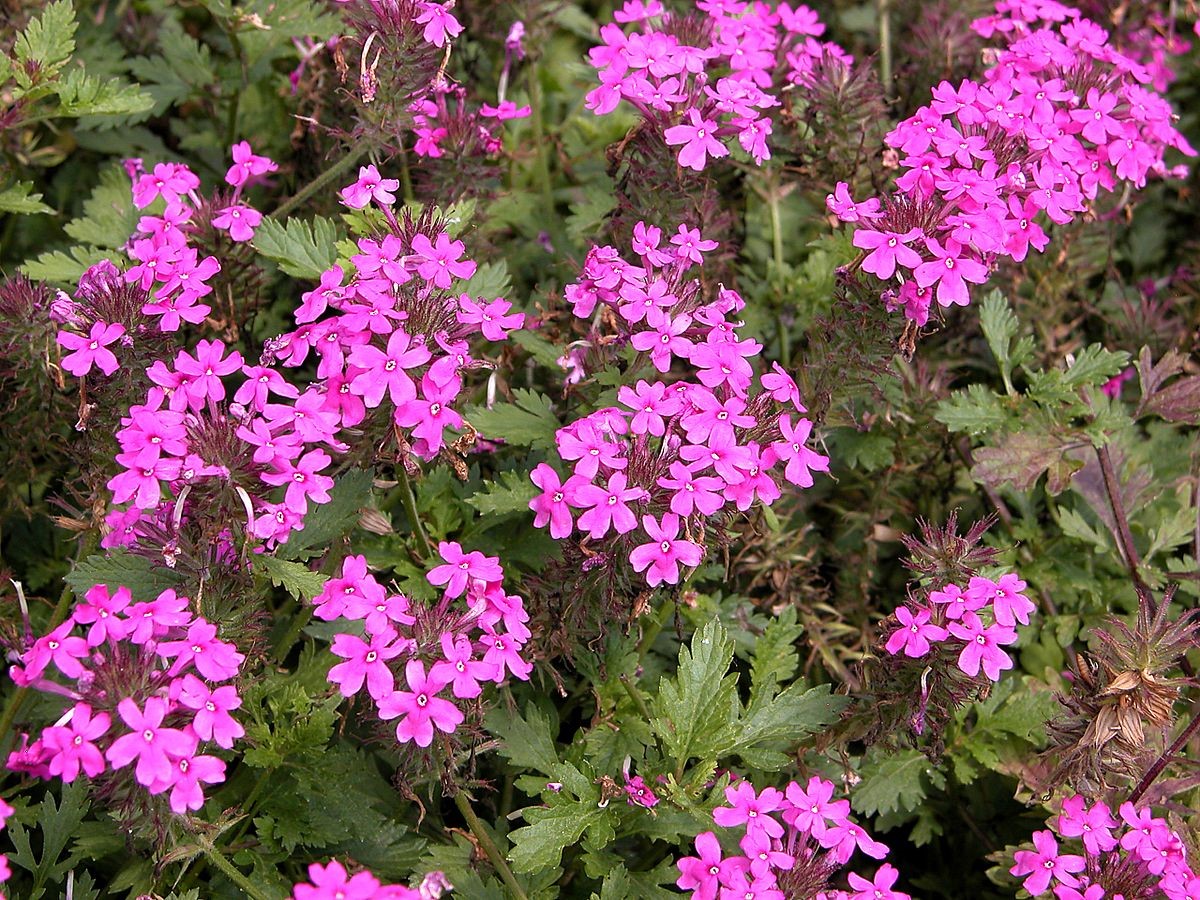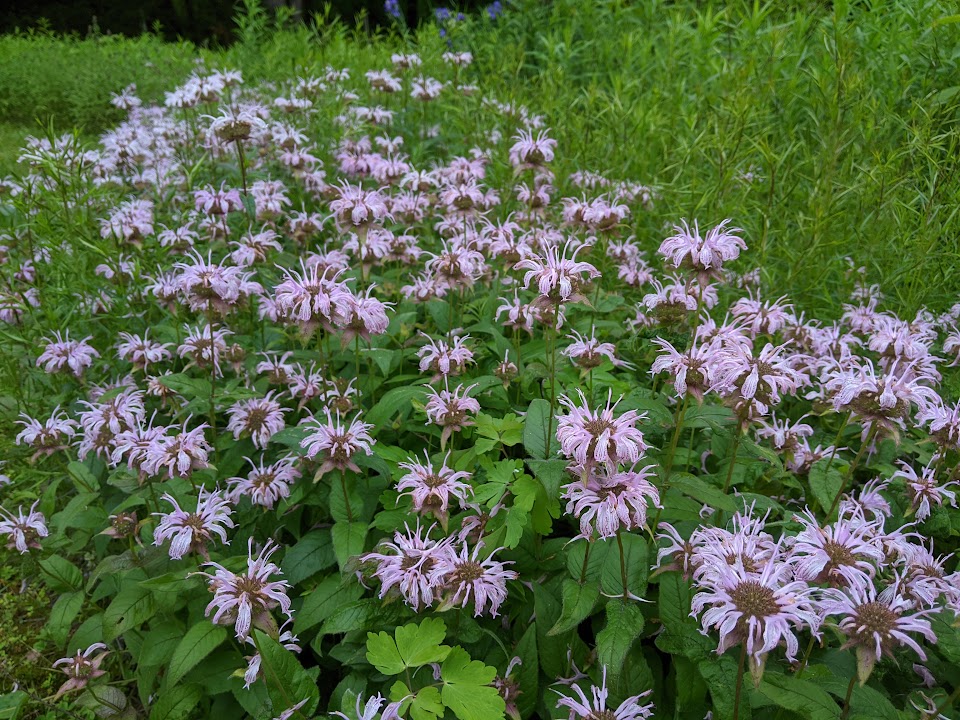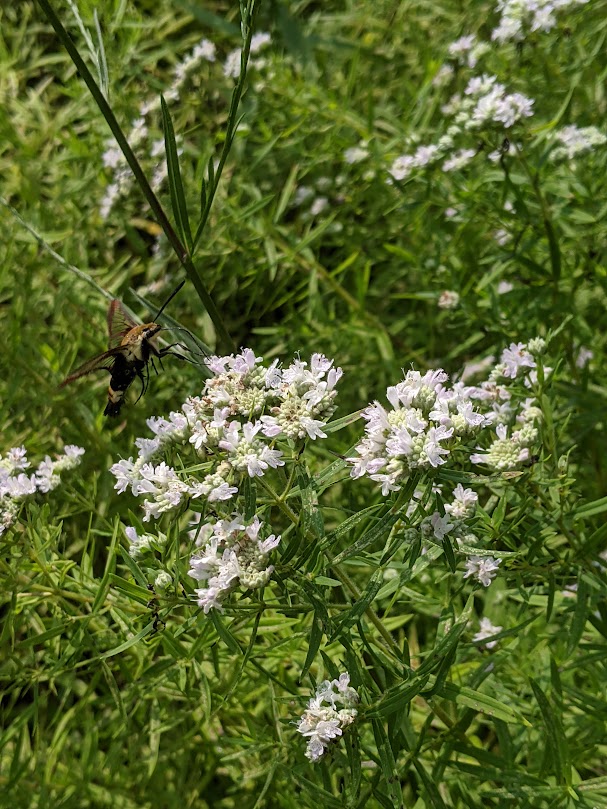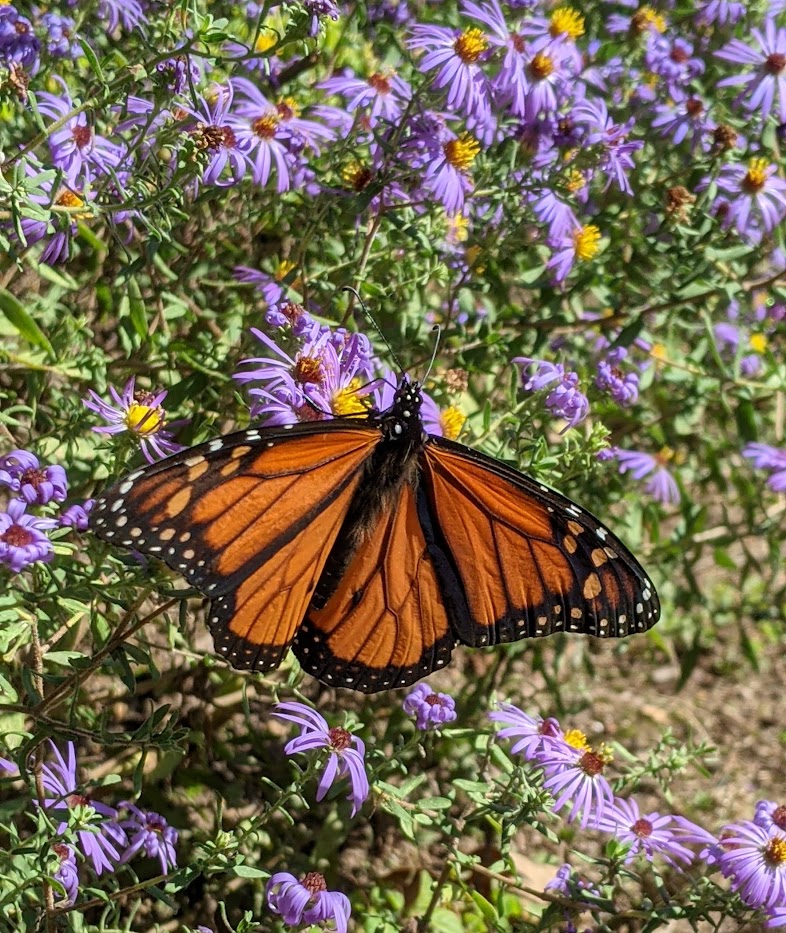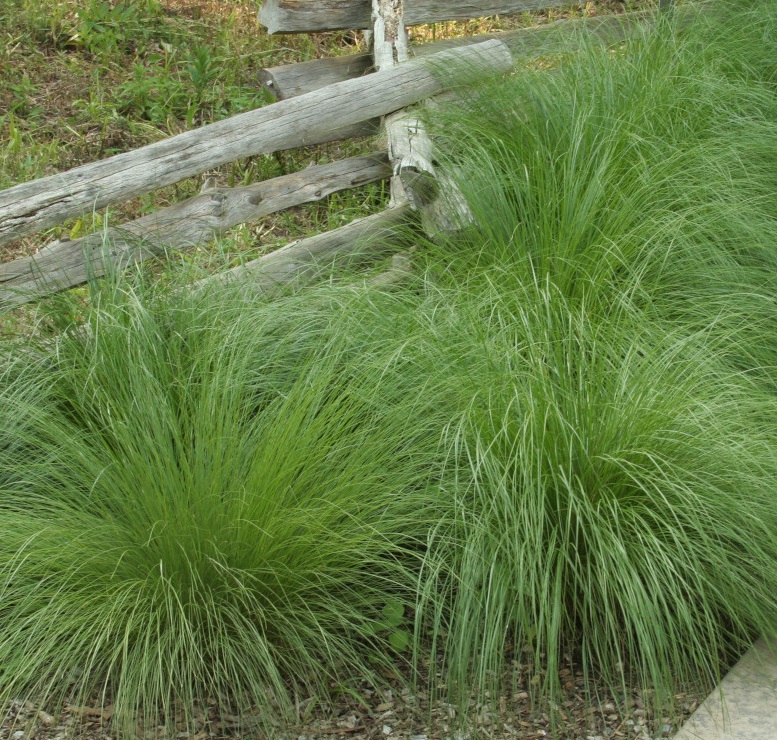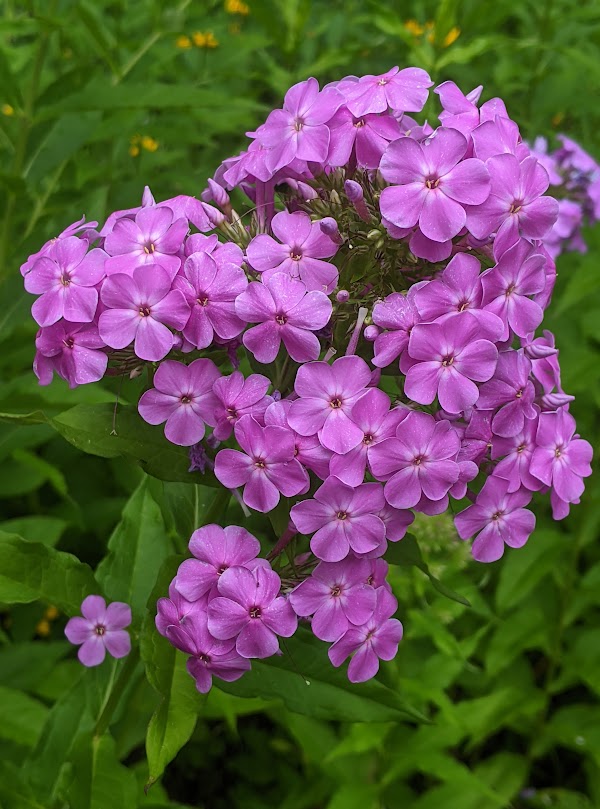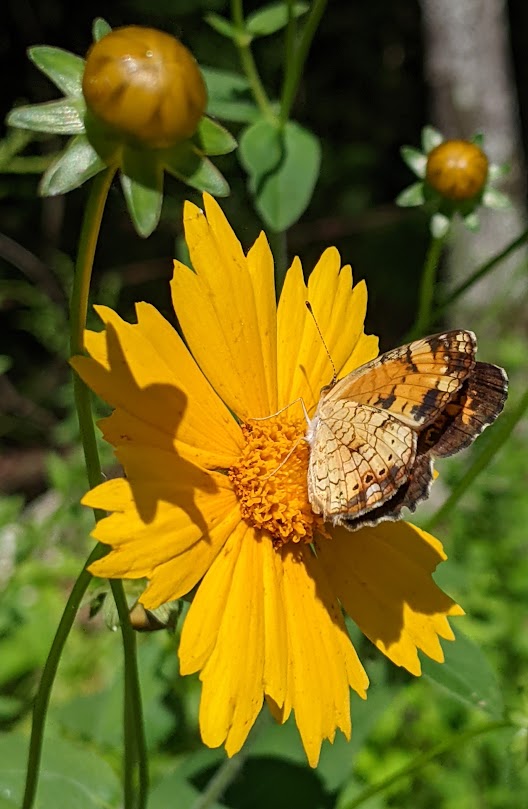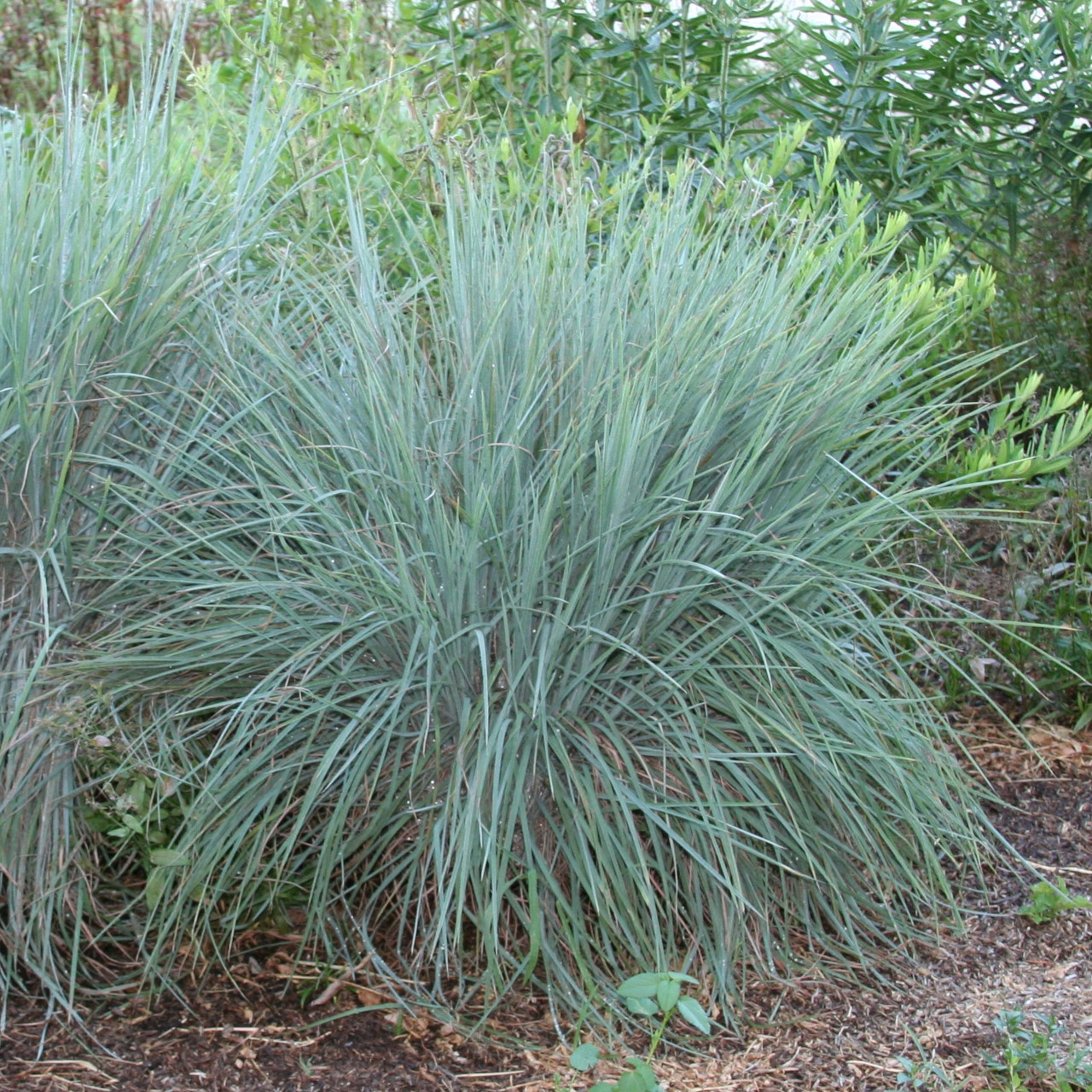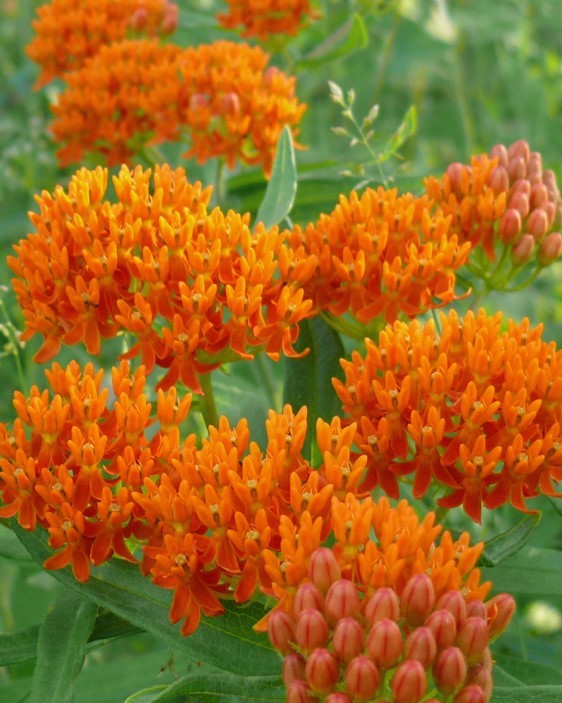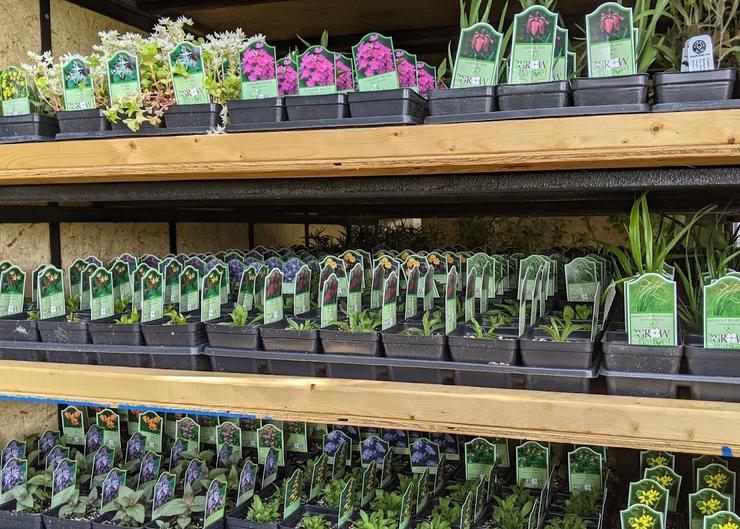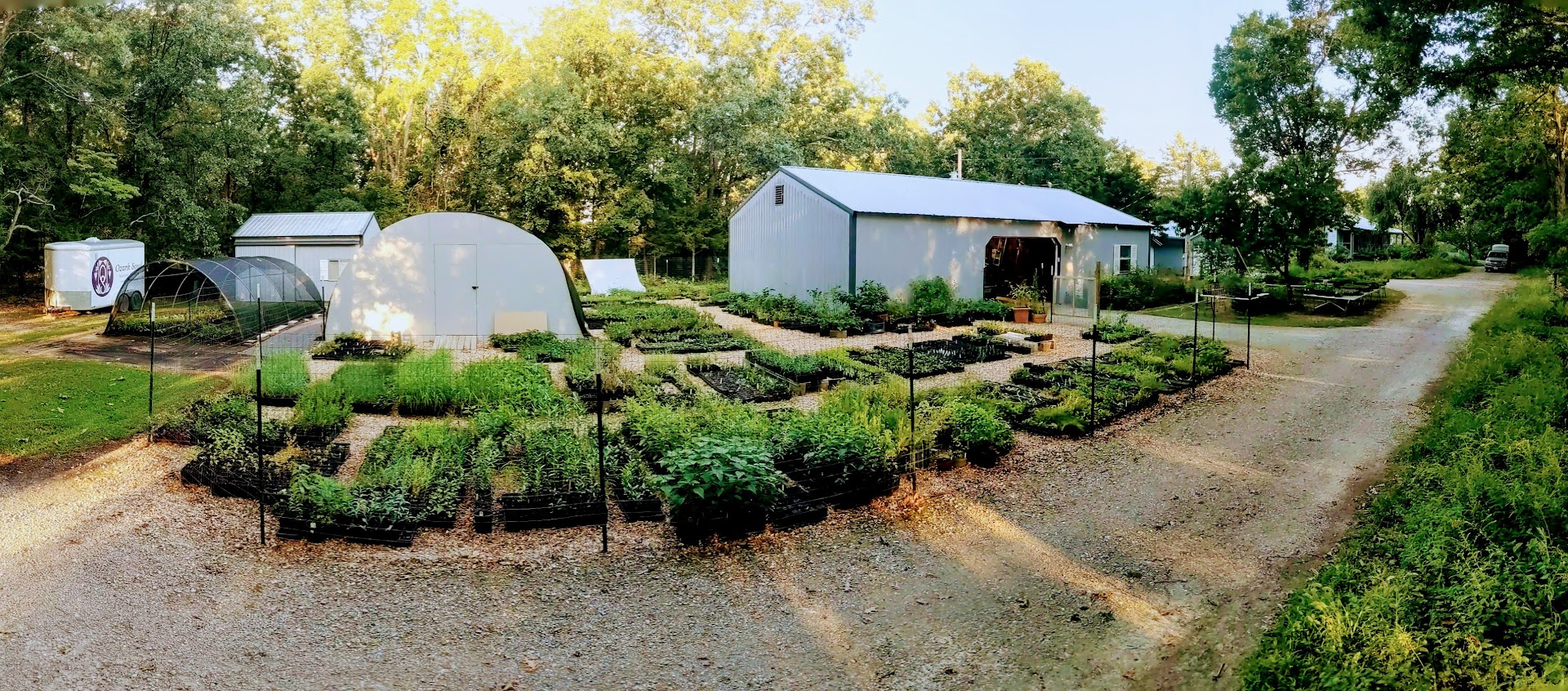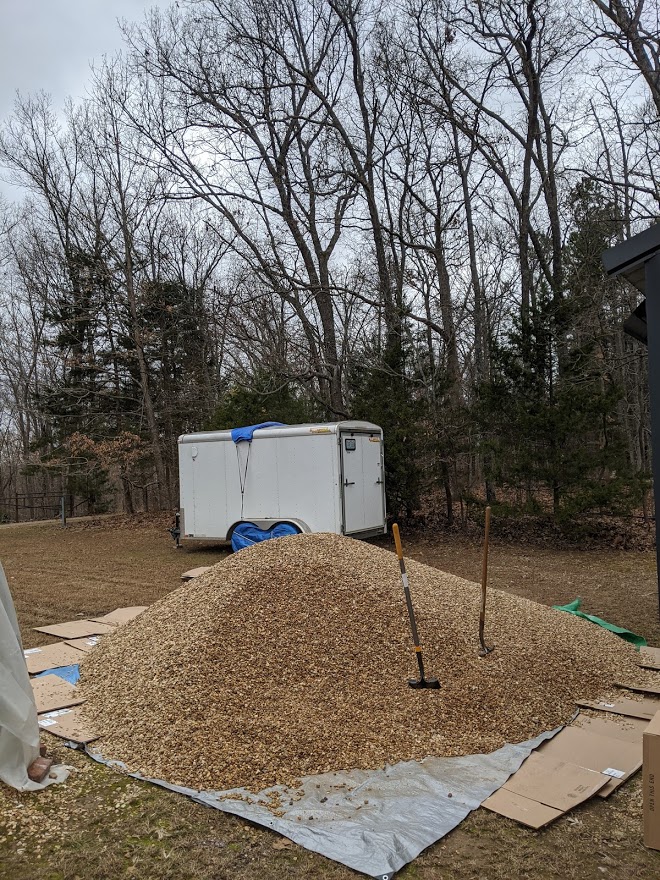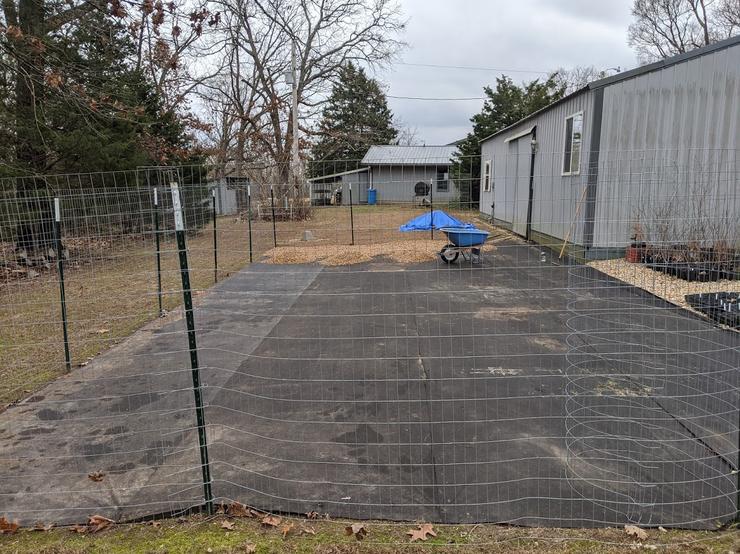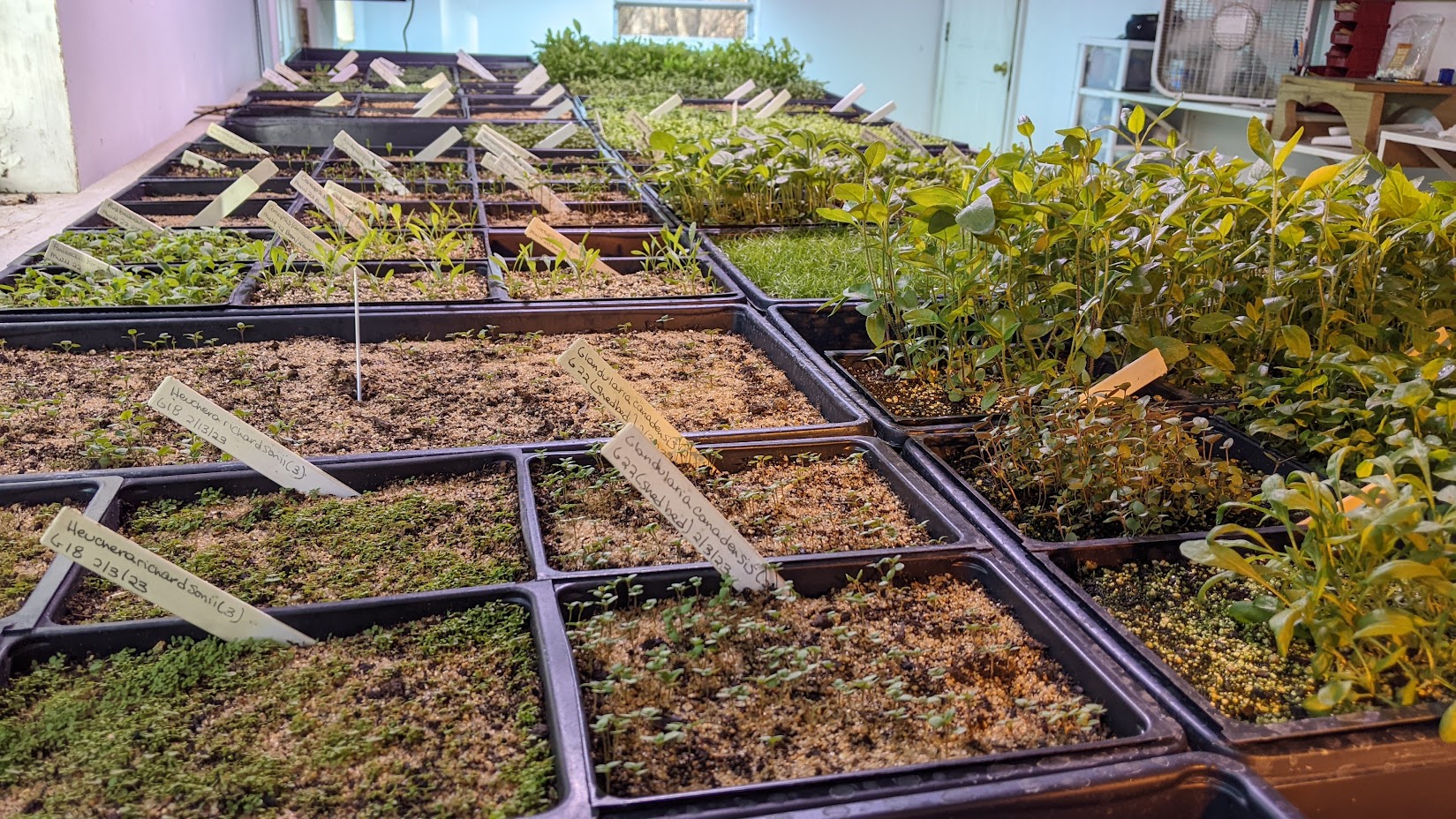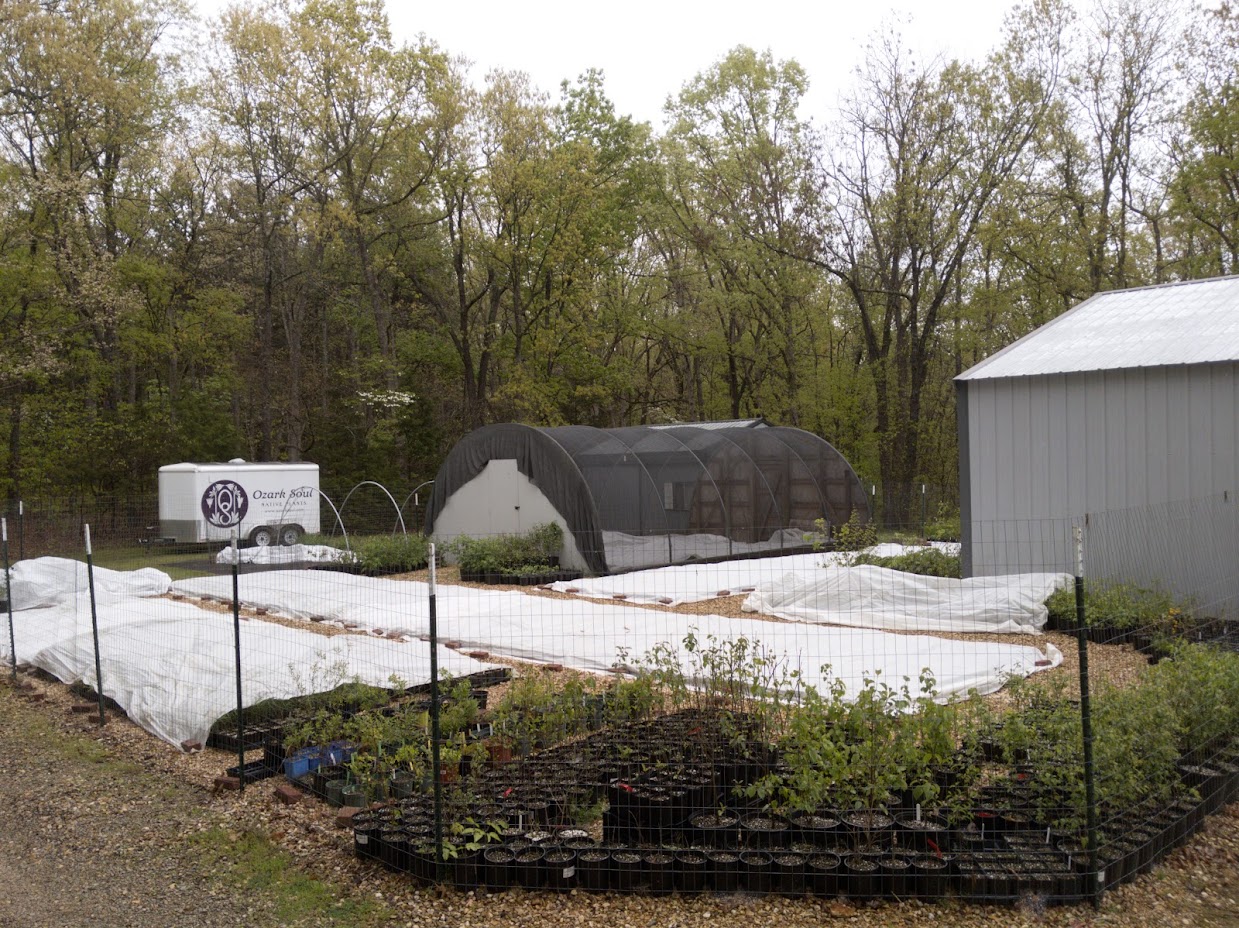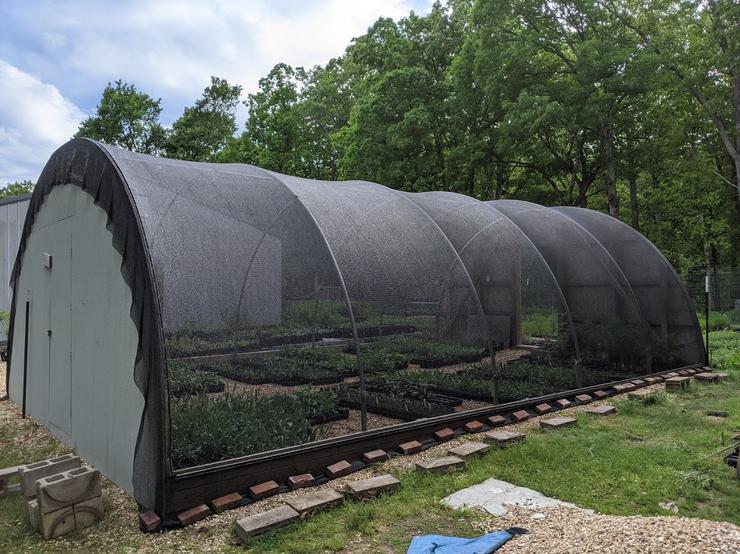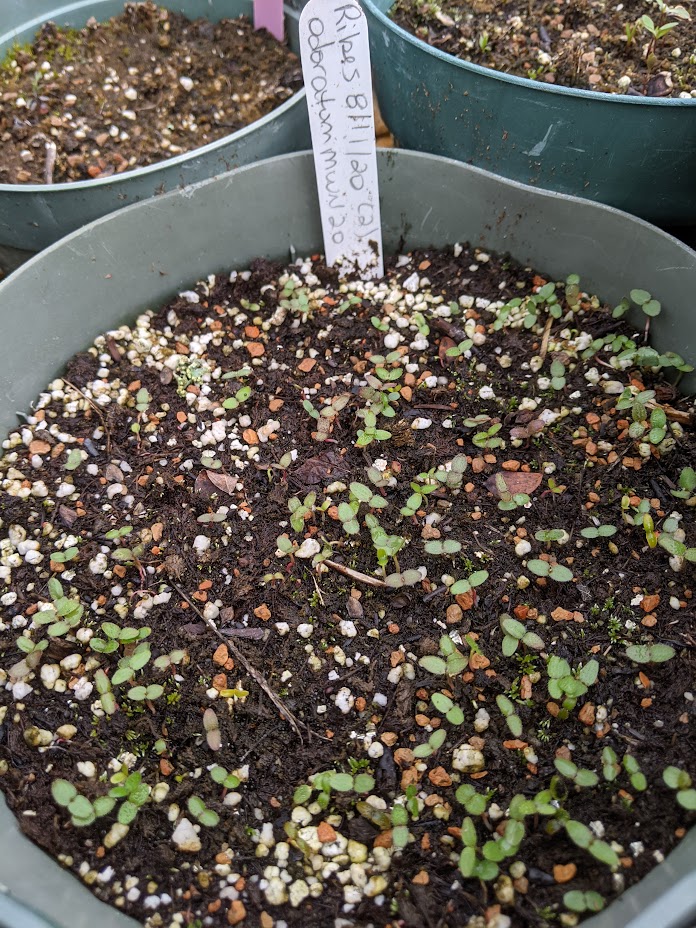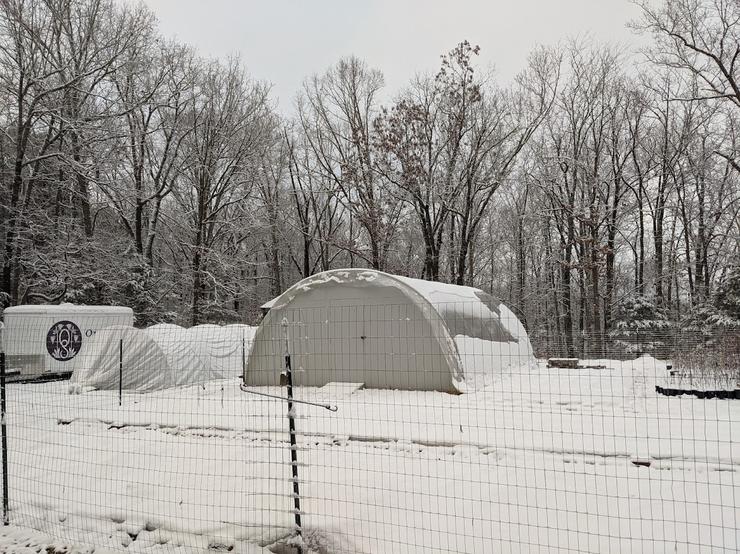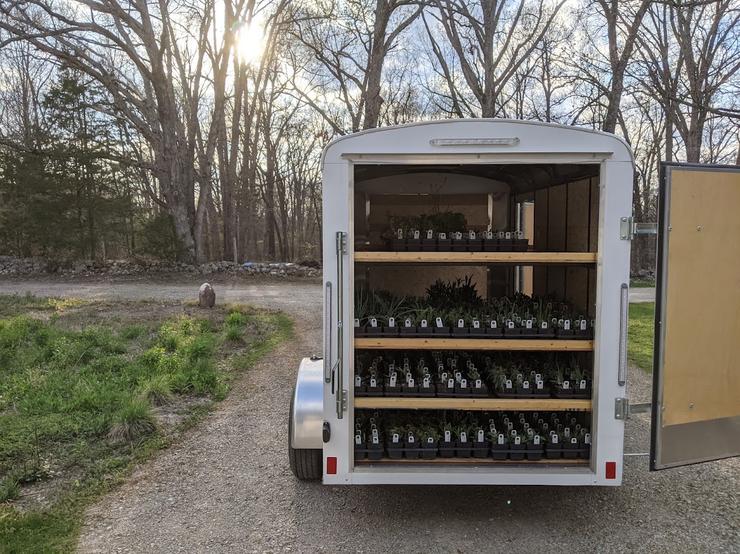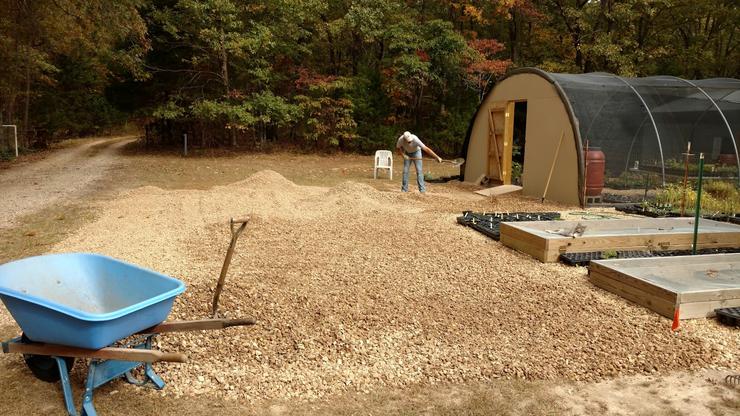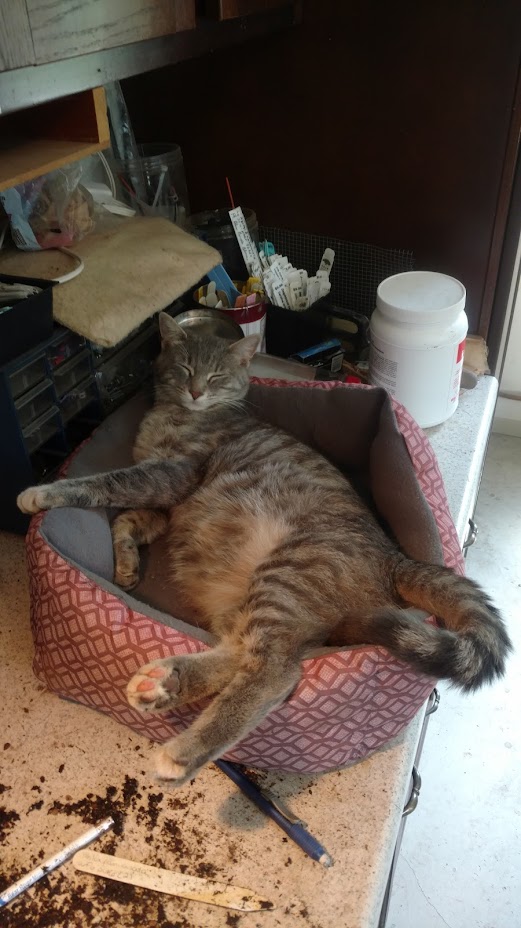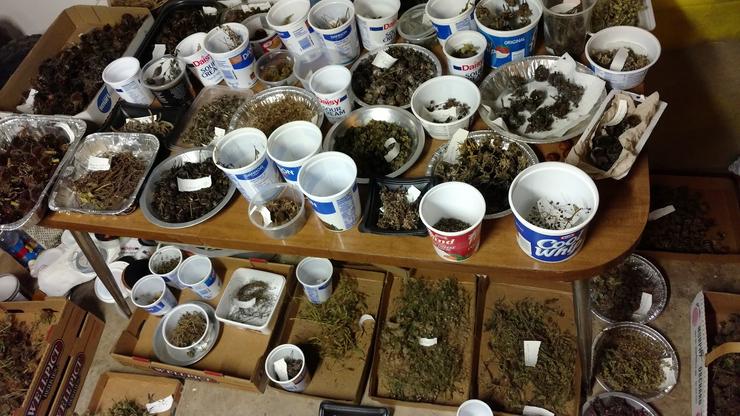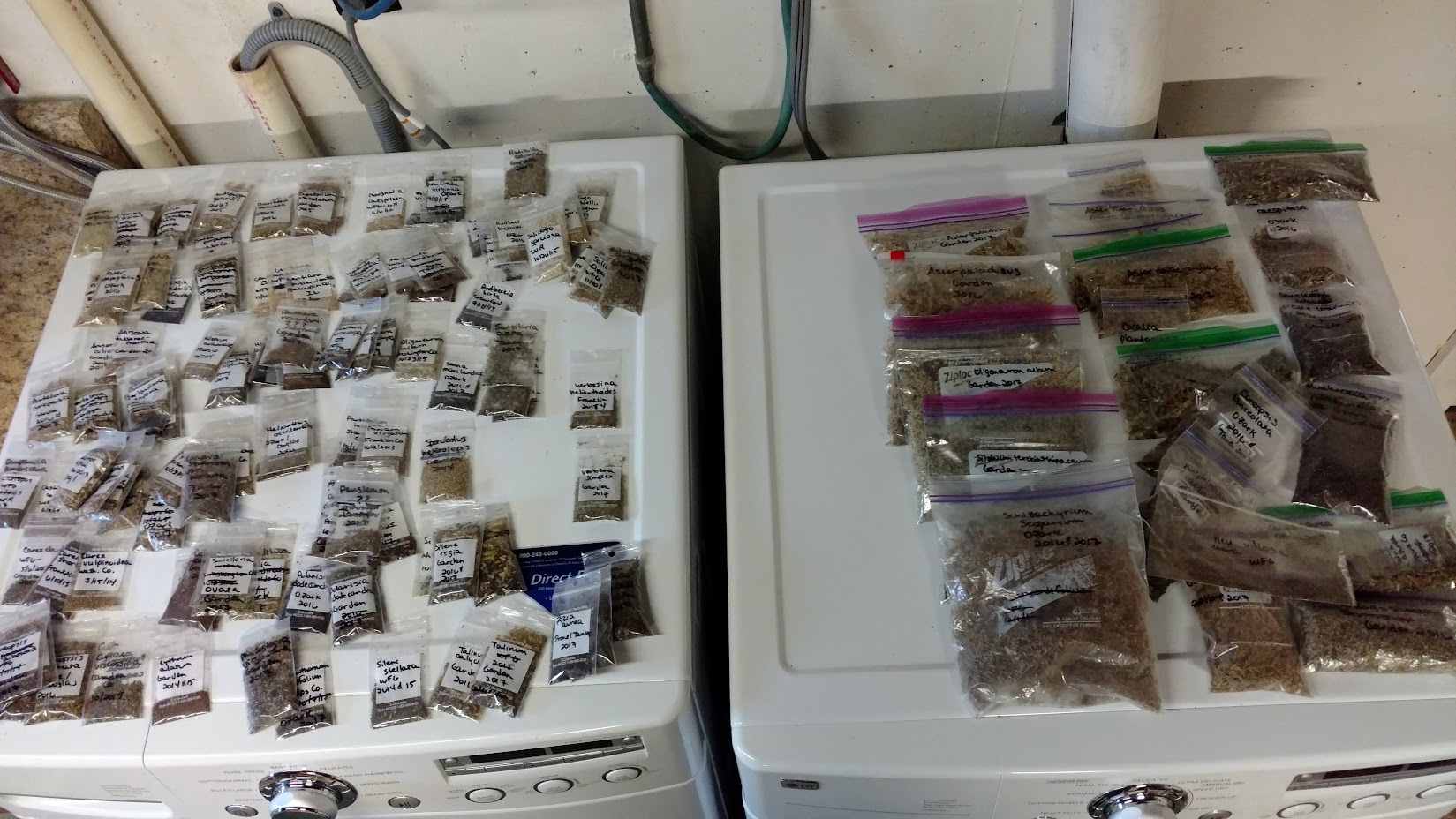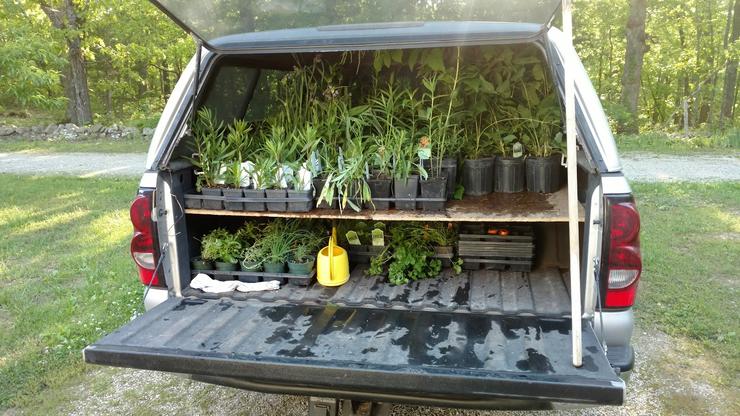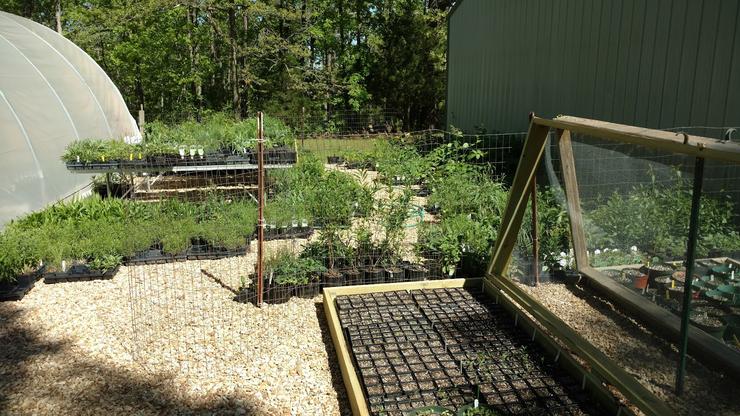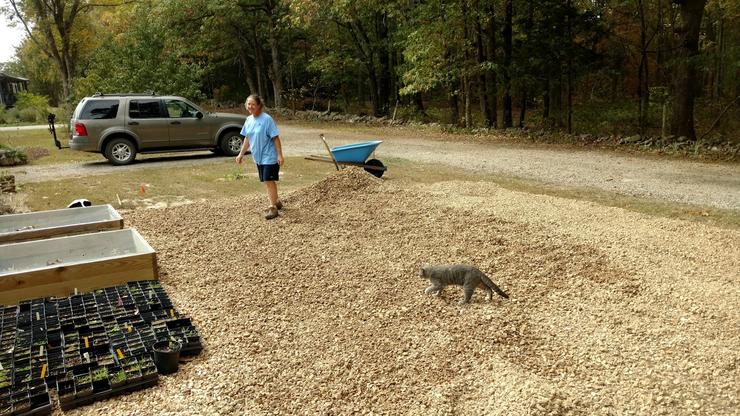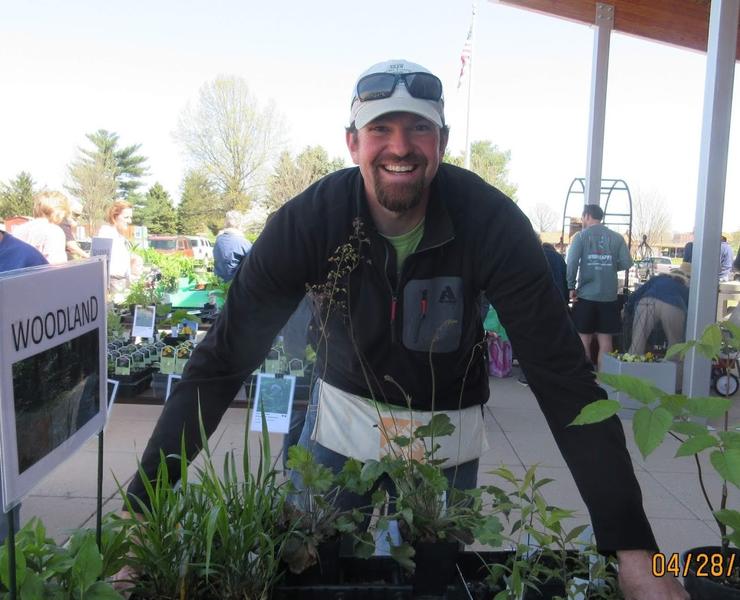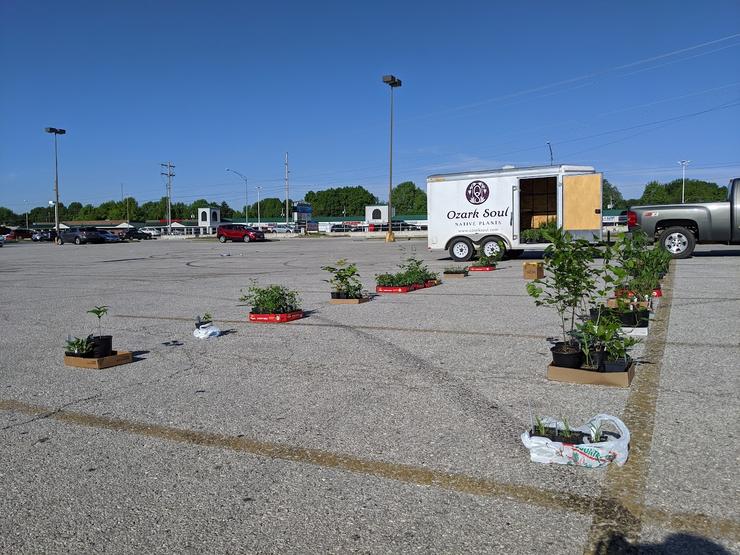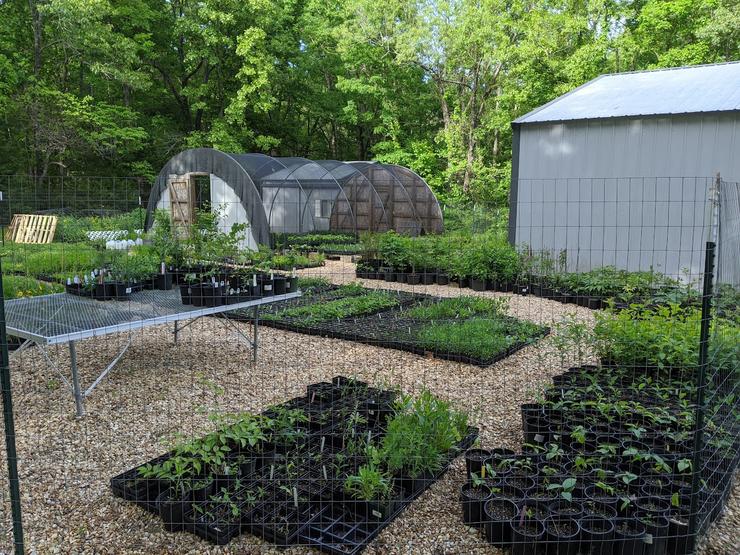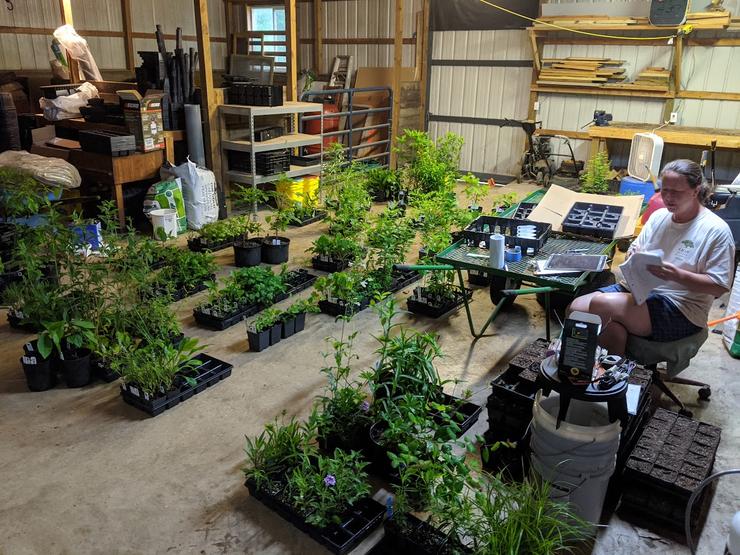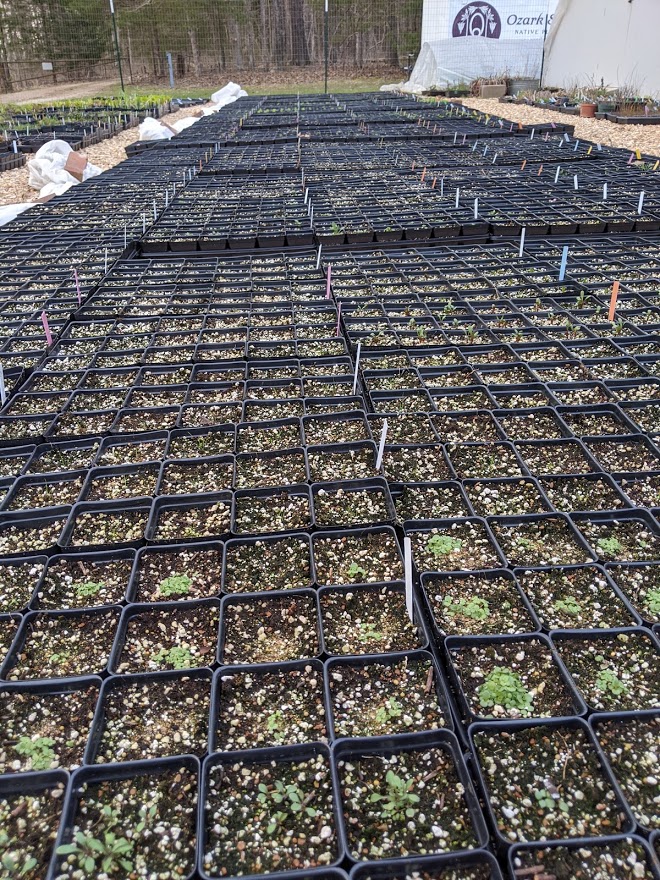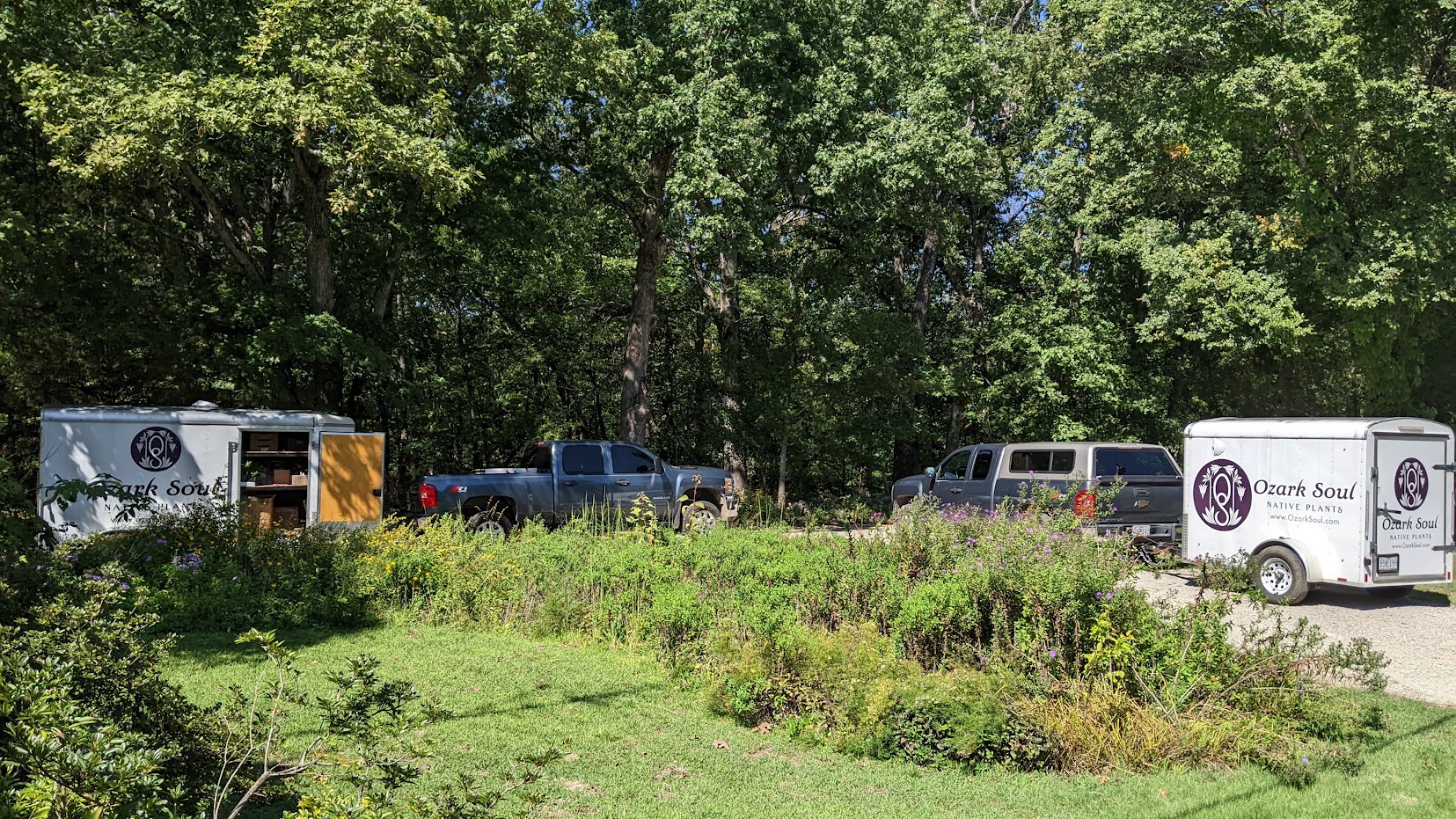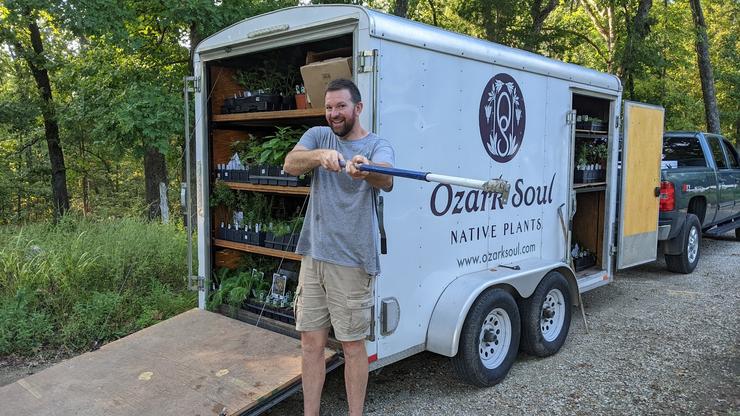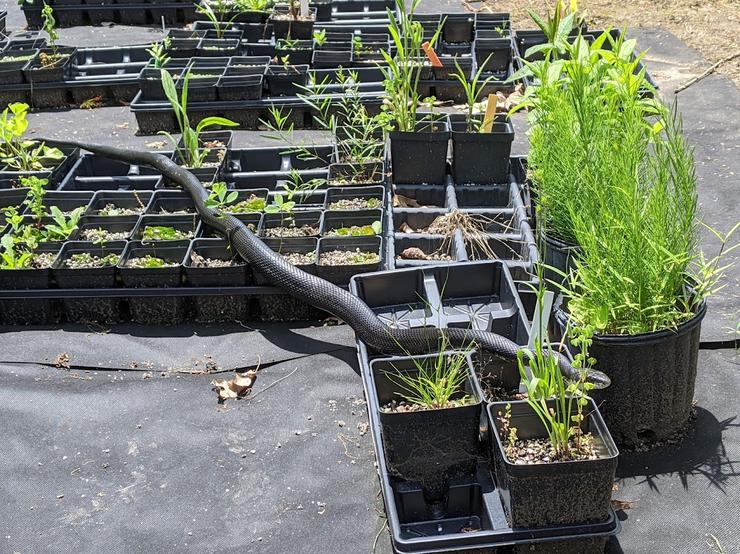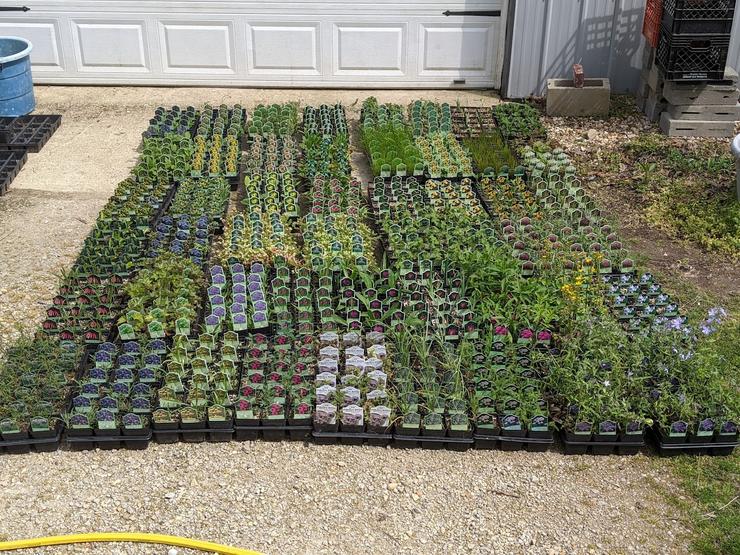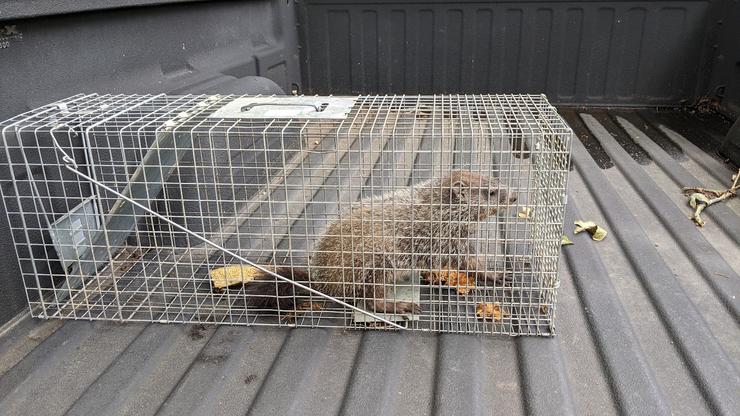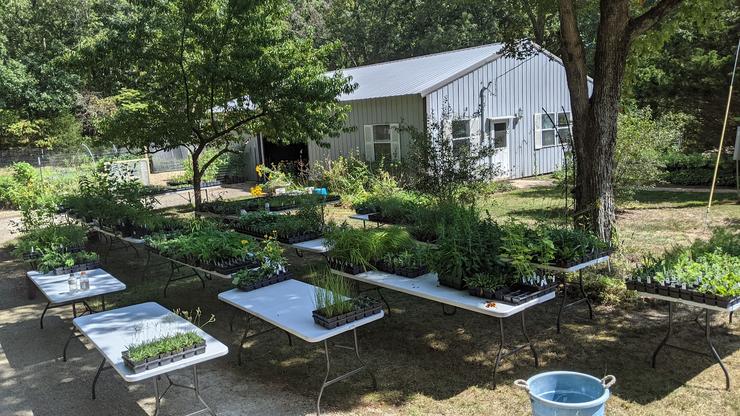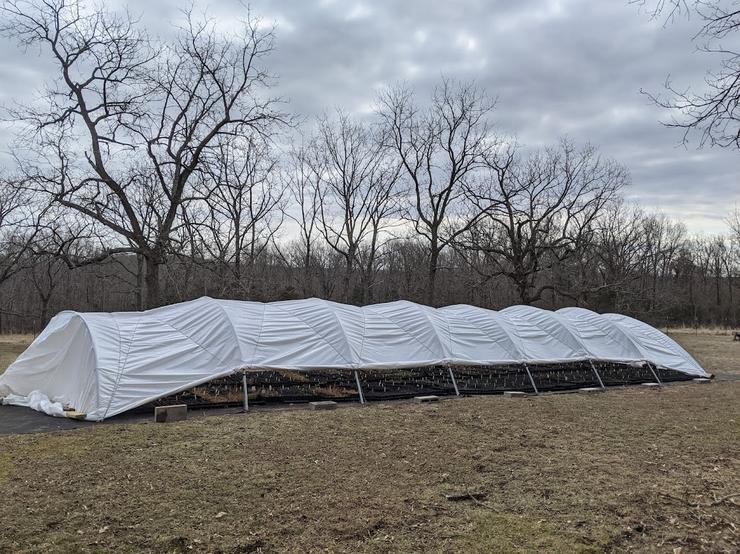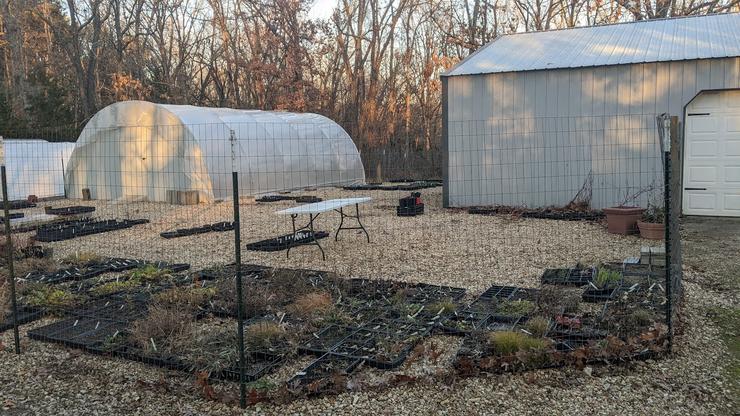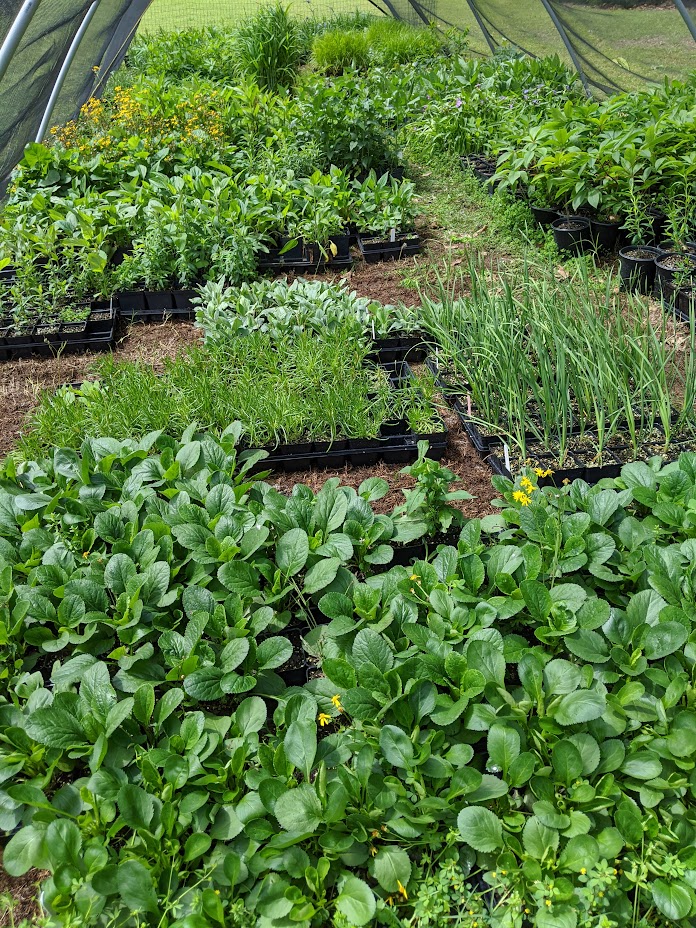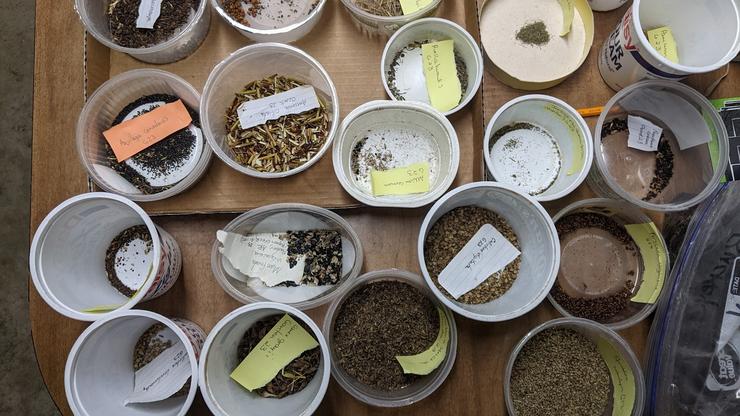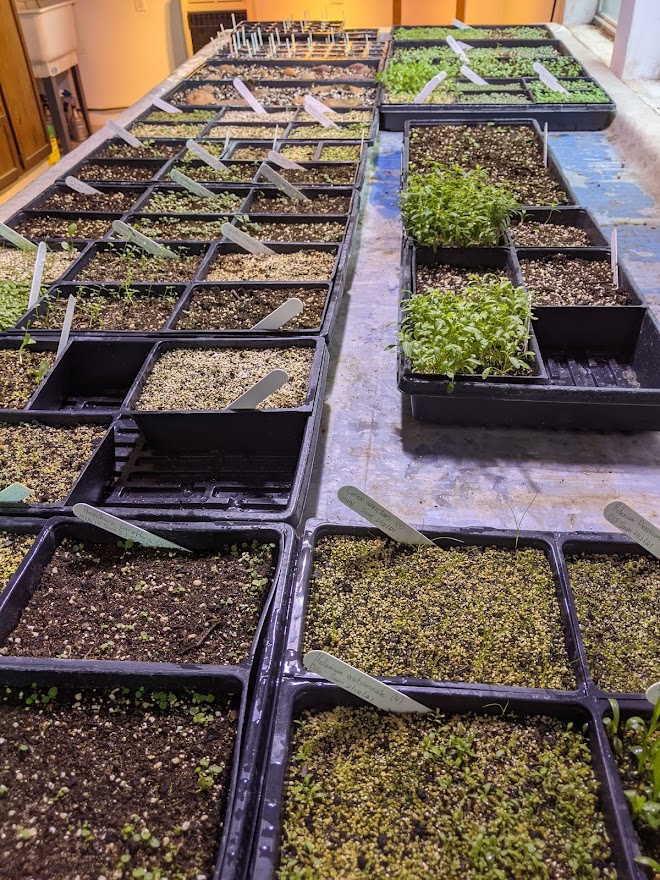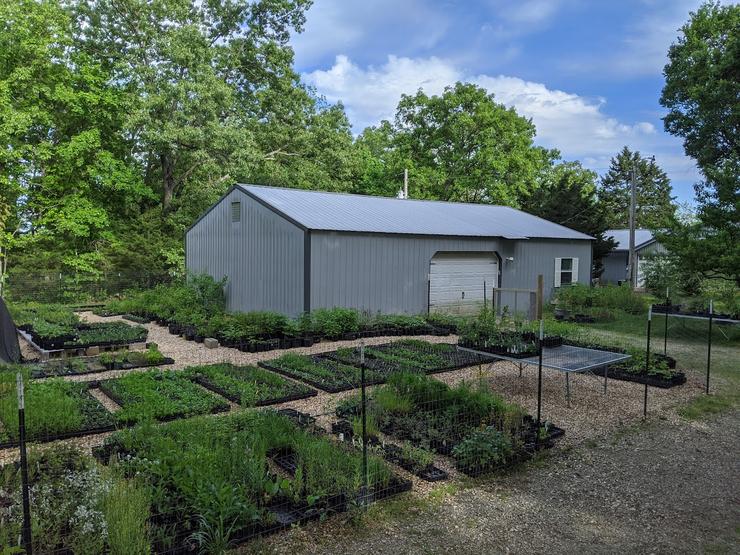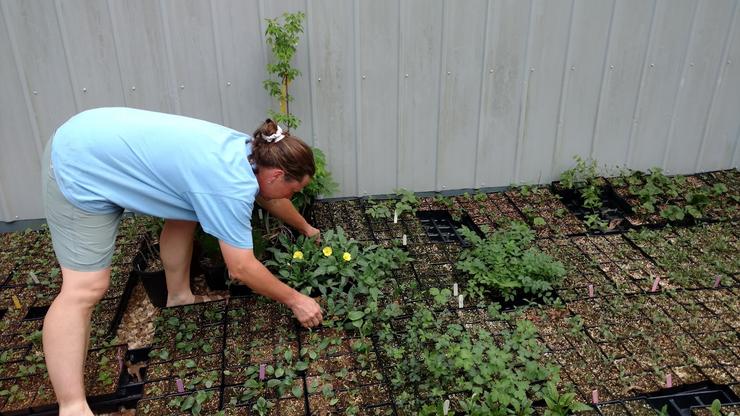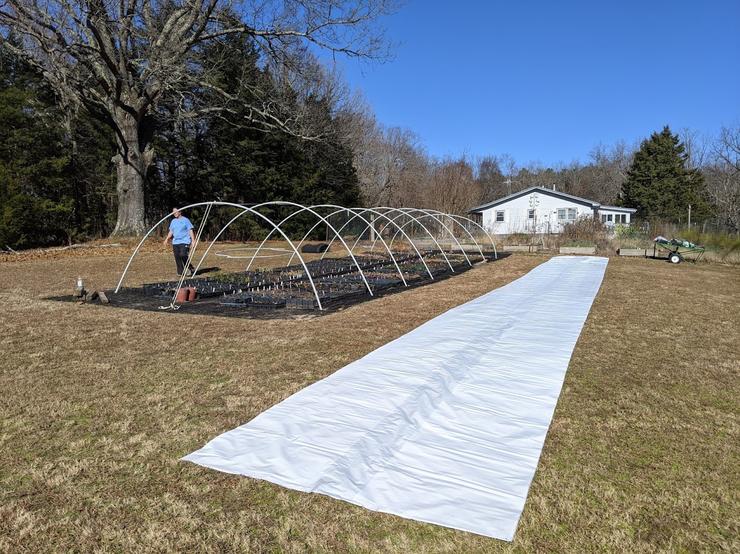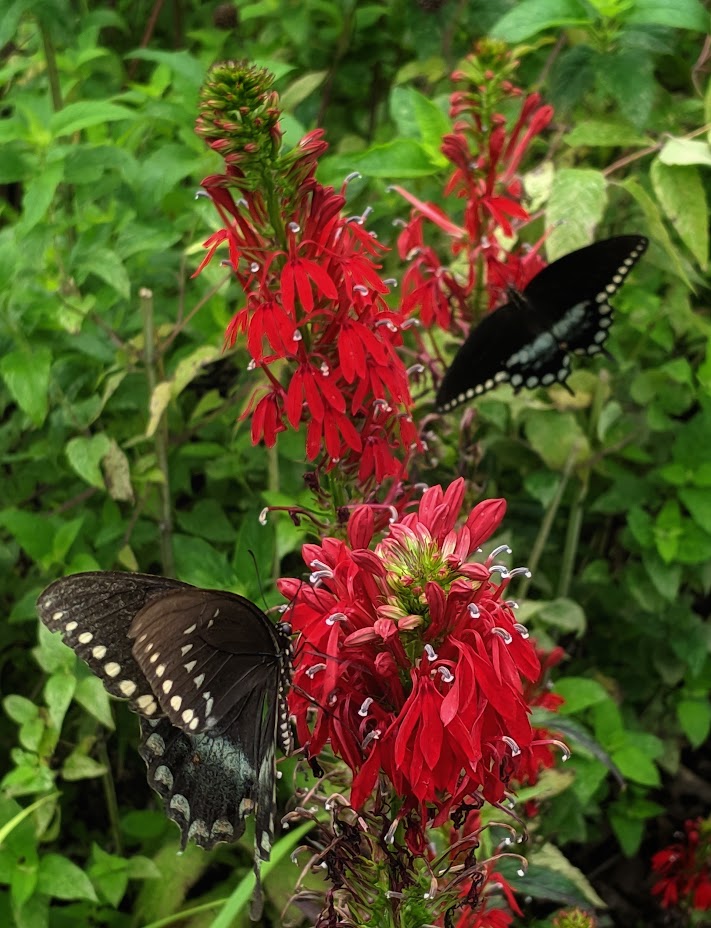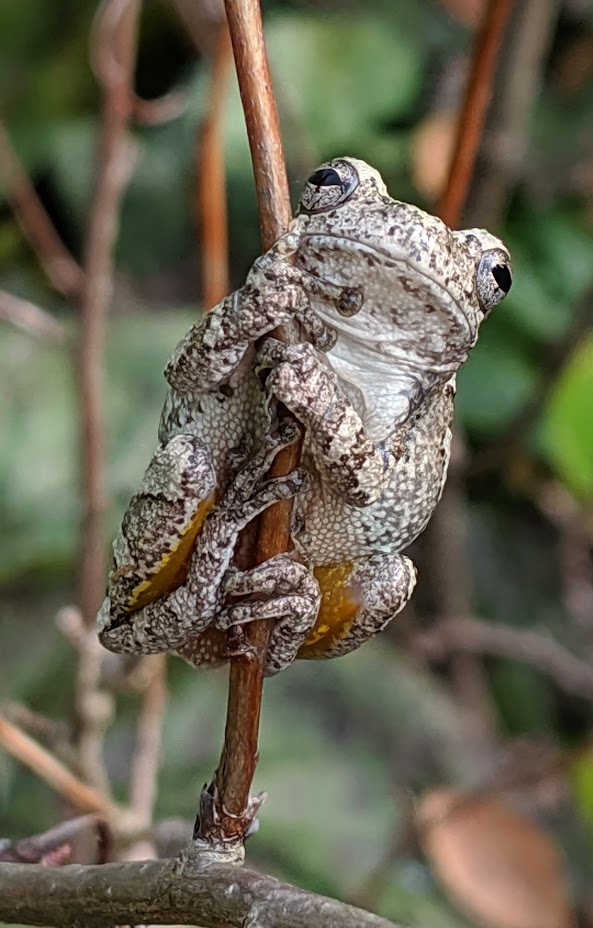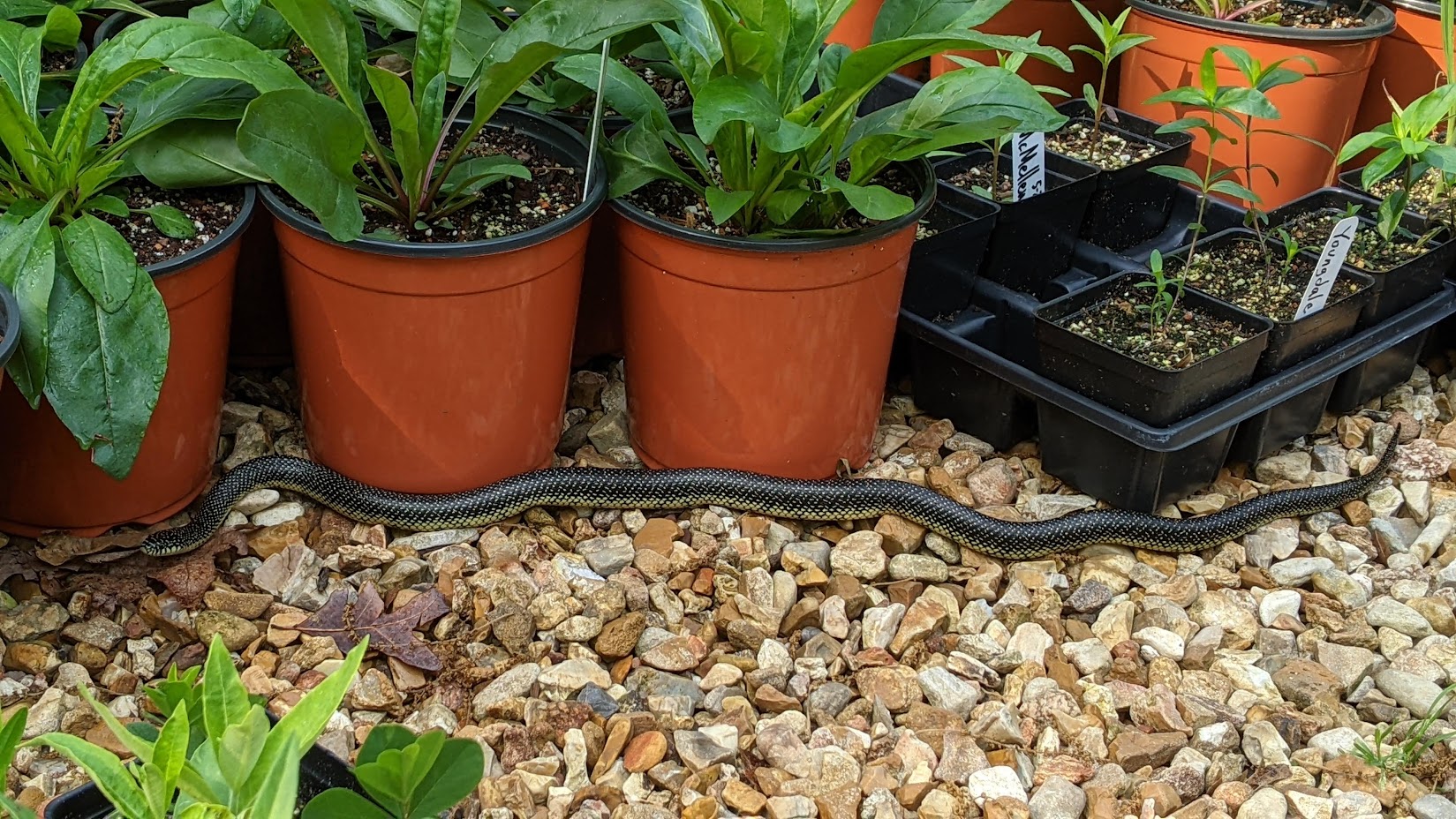Couple’s love of native plants powers ‘Ozark Soul’ business
By Amelia LaMair, former staff member, Ozark County Times (march 2021)
David and Jenny Middleton moved to western Ozark County five years ago. They met while working at Shaw Nature Reserve, a 2,441-acre natural area outside of St. Louis. Although they both came from more traditional horticulture backgrounds, they fell in love with native plants and knew they wanted to start a business growing them.
Jenny and David also shared a love for the rugged and pristine Ozarks landscape and began looking for land in Missouri or Arkansas. Their extensive search ended when a Realtor pitched Ozark County as having “no railroad, no Walmart and no stoplights.”
The Middletons’ 20-acre property is home to their business, Ozark Soul Native Plants. Throughout the growing season, a large, lush bed lining their driveway bursts with color and texture. Beautyberry shrubs (Callicarpa americana) adorn the front of the house, and a native honeysuckle vine sprawls on a lattice fence. Soon, their yard will once again be teeming with birds, butterflies, bees and other beneficial insects, a testament to the beauty and functionality of native plants.
David and Jenny’s deep knowledge and passion for native plants is immediately apparent as they excitedly rattle off plant names and information. With area residents thinking of gardens, flower beds and landscaping updates as winter turns to spring, the Middletons are eagerly preparing for another busy season of sharing their knowledge and selling their native plants throughout the region.
Prepping for sales
The Middletons produce around 250 species of native plants for sale, and they eventually plan to have as many as 300 species in production.
David estimates that about half of what they do is education. People are curious about their plants, but many have little background knowledge of the benefits of growing native plants. Jenny jokes that some people think they are just selling “all of your favorite weeds.”
Through trial and error, they have learned that native plant sales are the best way to get in touch with their target audience, so they travel all around the region, from Cape Girardeau to Joplin to Columbia and down to Eureka Springs and Fayetteville, Arkansas, with plenty of stops in Springfield.
While Ozark Soul does not have a retail outlet locally, the Middletons say they are more than happy to fill orders from fellow Ozark County residents.
About 90 percent of Ozark Soul’s inventory is grown from seed that Jenny and David collect and save, but some species, such as iris, are more suited to root division or other methods of propagation. Many of the plants they grow require cold stratification, or extended exposure to cold and moisture, in order to germinate. In many cases this is as simple as starting seeds outdoors in screened boxes (to protect from rodents), but some species require refrigeration.
When the seedlings are large enough to handle, each one is transplanted into its own pot. They are then labeled with growing information and lovingly tended until it’s time to load them up for a plant sale.
In addition to their landscaped beds, their forested upland property is home to many native species that provide seeds for the company. David and Jenny are always on the lookout for additional seed sources around the county.
Why go native?
The Missouri Prairie Foundation defines native plants as those that “originally occur within a region as the result of natural processes rather than human intervention.” In Missouri, plants that were here prior to European settlement in the mid-1800s are considered native.
The Middletons say it’s important to make the distinction between natives and naturalized plants, which are able to reproduce and maintain themselves without human help but have not evolved to the region’s climate, conditions or other organisms.
Common examples of naturalized plants in the Ozarks include Queen Anne’s lace and chicory. When non-native species grow and spread so vigorously that they displace native species, they are classified as invasive. Many Ozark Countians are all too familiar with the aggressive nature of invasives like johnson grass, sericea lespedeza and thistles. Bradford pear, bush and Japanese honeysuckle, and burning bush are all examples of invasive species that started out as landscaping plants.
According to the website grownative.org, “Choosing native plants in developed landscapes allows them to coexist with nature, rather than compete with it.” Native plants are a great choice for home landscaping, the Middletons say, because they require less labor and expense to maintain, they benefit the environment and they connect people to their local ecosystem.
“The benefits that most people identify with first are linked to their pocketbook,” says David. “If you put the right native plant in the right spot, your overall input to that plant over time will be less. Upon establishment, virtually no extra watering will need to occur. Pesticide and fungicide applications are not needed as these plants are well adapted to this region. Both of these factors will drastically lower the cost of producing your landscape.”
Years of adaptation also make native species more resilient to stressful conditions. “These plants have been growing here a very long time. They have the ability to withstand the ‘climactic chaos’ that we experience, such as one of the coldest Februarys in recorded history or the inverse, our typical hot humid summer,” said David.
“Native plant landscapes tend to respond beautifully to climate extremes, and a lot of our newer costumers seem almost surprised with the success they experience from choosing to use native plants,” he said.
Landscaping with native plants is also a great way to preserve and increase biodiversity. Jenny explains the crucial role that native plants play in the ecosystem: “Our native plants to this region are the visual building blocks that support life. They produce nectar, seed, pollen and a home for the entire food web to function, from the soil below to the air above,” she said.
While exotic yard plants such as hosta, daylily, burning bush, Bradford pear and boxwood may look nice, she points out that they are “near sterile environments when it comes to the life they support.”
Native species are also great choices for capturing stormwater runoff and preventing soil erosion. Finally, gardening or landscaping with natives instills a sense of place and helps connect people to nature. “A native plant garden is full of education, beauty and amazement” says David. “Going native turns your garden from one that you see into one you experience.”
Getting started with native plants
Growing native plants does have a learning curve, but it can be well worth the benefits, the Middletons say. “There are native plants that can be utilized for every ‘niche,’ or growing situation you have around your home regardless of your gardening style,” said David. “One of the biggest challenges we face is that native plant gardening requires some re-training or a change of mind to some degree with how one views the planted spaces surrounding your home.”
This is especially true when it comes to how homeowners think about insects on their plants. While normally viewed as the enemy, native landscapers instead see insects as their friends and allies. David explains: “When you walk through your garden and see a shredded leaf you shouldn’t be thinking, ‘What do I need to spray?’ What should be going on in your mind is one word, success!”
David and Jenny’s number one tip for gardening with natives is to design based on texture more than any other one factor. Native plants don’t necessarily have a long bloom time, they said, with most blooming for two to three weeks of the year.
To create a dynamic and interesting garden, they encourage paying attention to texture. They suggest using plants of different heights, shapes and habits to create edge, middle and back layers in the landscape.
Top 10’ native plants for this area
With hundreds of native species to choose from, the Middletons recommend the following “top 10” for those interested in establishing native plantings: Starting with the edge layer, cliff goldenrod (Solidago drummondii) is a late-season bloomer that is visited by many pollinators. Rose verbena (Glandularia canadensis), a long bloomer, is great for butterflies and stands up well to deer pressure. Bradbury’s beebalm (Monarda bradburiana) is another deer-resistant edge layer choice. It’s an upright-clumper that’s visited by butterflies, bees and hummingbirds.
Moving inward, slender mountain mint (Pycnanthemum tenuifolium) is a drought-tolerant upright-clumper that works well for edge or middle layers. It’s great for attracting all kinds of bees and other pollinators, and it’s deer resistant. Another pollinator favorite is aromatic aster (Aster oblongifolius), whose pretty purple flowers come on late in the season. Prairie dropseed (Sporobolus heterolepis) is a showy grass that makes a good edge or middle layer and can be used as an alternative ground cover in formal plantings. Pale purple coneflower (Echinacea pallida) provides upright accents for the middle layer. It attracts butterflies, and gold finches devour the seeds.
For the back layer, Jenny suggests tall phlox (Phlox paniculata), a butterfly magnet that blooms in mid-season, and star tickseed coreopsis (Coreopsis pubescens), which blooms all season and is another great food source for gold finches.
Finally, David’s top pick for versatility is shining bluestar (Amsonia illustris). It lends great texture and structure in any layer and is also deer resistant.
The Missouri Prairie Foundation (grownative.org) has extensive resources to help people find and grow native species, including a searchable database of native plants and tips for choosing the right species for specific situations or goals. For more information about the Middletons’ Ozark Soul native plant business, visit ozarksoul.com for sale dates and a list of available plants. Or call the Middletons at 816-809-4062 or 636-448-7946.
TOP Performing Native Plants for this area ~ Images Below



